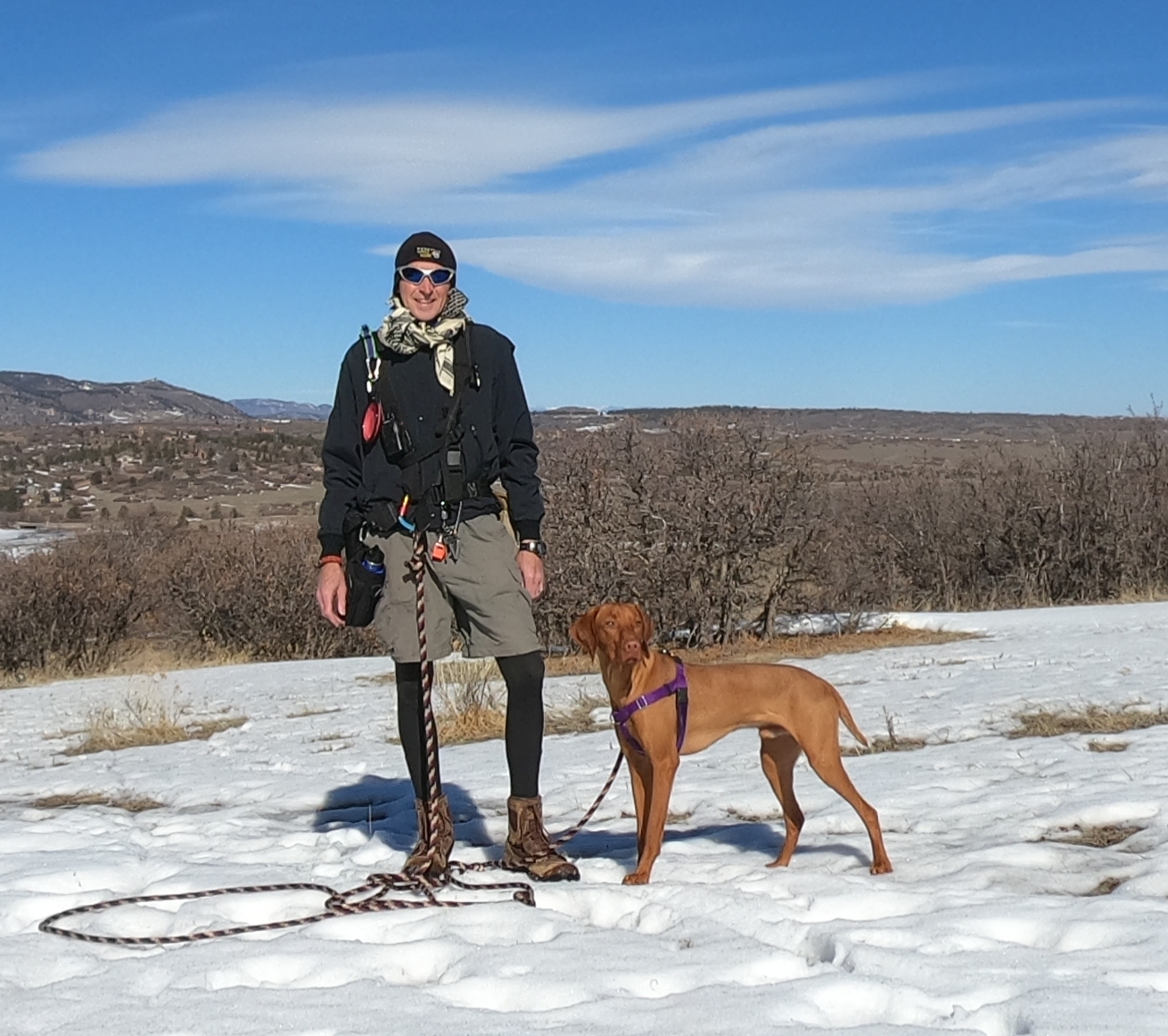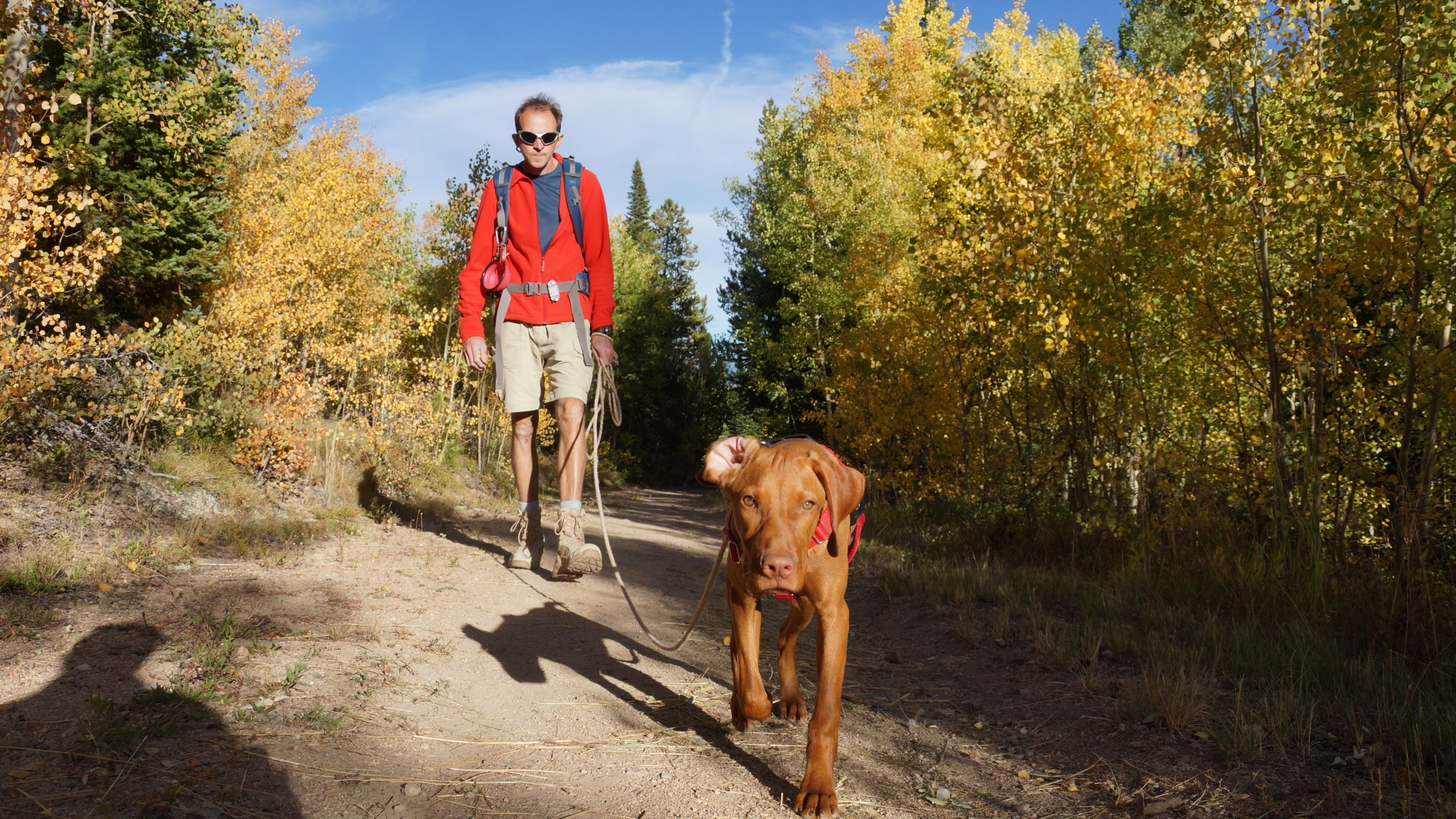The available methods that I know of for in-store advertising methods and strategies for a CPG company, which vary by retailer, are as follows:
- Packaging (see here for all about packaging);
- Point-of-purchase: shelf tags, posters, flyers;
- Shippers, displays, stand-alone end-caps, and shelf displays;
- In-store looping videos;
- Price promotions: coupons displayed at shelf, in a retailer’s newspaper/flyer (BOGO’s – buy-one-get-one; TPR – temporary price reduction, like a 3 for 5 or 8 for 10);
- Sampling and demos;
- More shelf space for more product or more SKU’s.
What works best?
You won’t know what works best until you try it and compare the data. The data benchmarks I always use are current sales on a weekly basis (but make sure it’s not around events/holidays that might spike or depress sales for your category…examples are BBQ sauces and memorial day and July 4th), then comparing to my sales during the in-store advertising method used, and then watching sales carefully for the next 6 weeks to determine how fast sales dropped down after the use of the advertising and ultimately, and most important, did I get a new baseline lift to my weekly sales. That is, baseline was 100, it’s now 110.
Quick drops and drops that return to baseline indicate that you might not be growing your customer base at same store locations with the same product mix. That is not necessarily bad, because as you add stores and hopefully more SKU’s in each store, you still grow as a company, but you do have to ask why you cannot increase your customer base with your existing products, especially as a young company or new product. Taste, not enough flavors offered, pricing/value, competitors, packaging, etc. etc….those all impact products in growing their customer base. Or, maybe you are gaining new customers but loosing old ones. Different story if you have been established, in full distribution and around awhile because then it’s harder to grow existing products because you’ve reached saturation.
That is a benefit to online/direct sales from your website in that you can determine your re-purchase rate and timing. A low repurchase rate is not necessarily bad, but ultimately, if you can, you want to build long-term customer loyalty. You can also survey those customers because they purchased from you, which is invaluable in getting product feedback.
Sampling
In my opinion, it works better for new products that are out of a customer’s comfort zone for purchasing. For example, we are use to purchasing hot cocoa in a mix, but what if it was in a cup that you throw into a microwave, heat up, shake, and open and you are ready to go? That is a different enough format that might require sampling to get a customer comfortable with this new vehicle for making hot cocoa. I don’t know if this product exists, just throwing out an example.Also, Sampling is very expensive and for small companies, I generally don’t recommend it. But, you won’t know till you test it. Try to do the selling of your product through your packaging, not sampling.
See also “Deciding the best way to sample your product” in shared tools folder
Price Promotions
They don’t work as well as they use to for increasing baseline sales. What they really do is give you more sales now at the expense of sales later. Studies indicate that a large percent (2/3, maybe more) of consumers expect many products to go on sale in the future and will wait till then to purchase. Retailers are showing signs of moving away from using them and adopting an everyday low price strategy (EDLP), or a high-low price strategy, where they price high for new or in-demand products and low for old or low-demand products.
I like to use price promos strategically:
- to promote my brand and get exposure to more people, for example, a memorial day promo for BBQ sauce, but no more than 4 times per year. See about tying the use of your promotions with an end-cap (see below);
- to boost sales in the short-term, either because I need the cash, I am getting a deal on raw materials, or for some other strategic reason that will help further the value of my company;
- to support a retailer, because it’s in my best interest to work with that retailer so I can continue to sell through them. However, as much as possible, limit the retailer from running price promos, if you can negotiate that upfront.
Shippers, displays, stand-alone end-caps, and shelf displays
These are generally great vehicles to use. They increase your footprint in the store aside from where you are in your regular shelf location. However, retailers may be moving away from these items to clean up store aisles.
Other
In my experience, you are always testing current in-store advertising against old ones. You never stop testing and trying new things. If you are doing sampling and have good data and try something else that works better, you start using that, and maybe test sampling again in the future.





